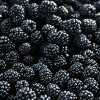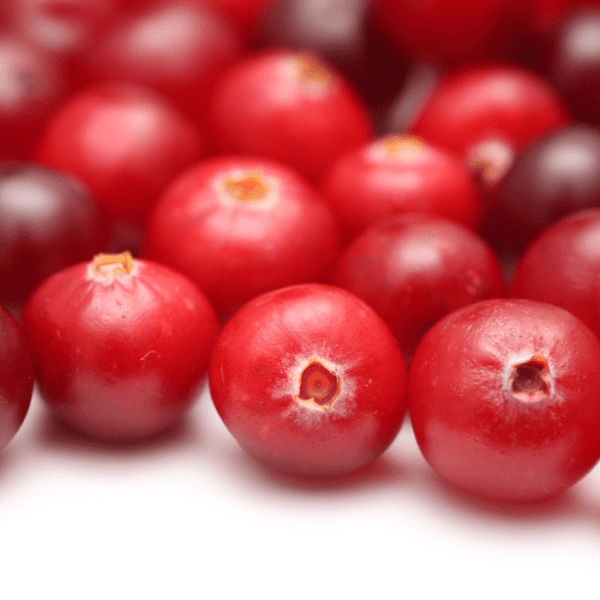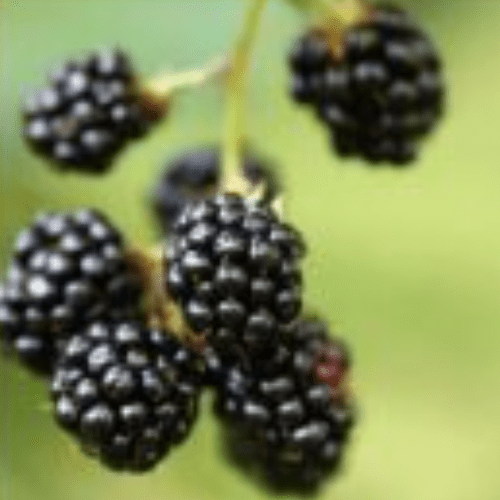Position
Plant your blackberry bush in full sun, if possible. They can tolerate partial shade if full sun isn’t an option. Plant them against a trellis or fence to allow them to creep as they grow.
Size
An erect stem reaches a height of about 2 metres before becoming a rambler.
Soil Type
Use well-drained, fertile, slightly acidic soil with a pH between 5.6 and 7.0.
Dig a 50cm x 50cm deep hole and add a bag of compost or acid compost. Mix the berry mix and volcanic rock dust into the top section of this soil. Make a little hole and plant, ensuring you don’t add the soil higher than where the soil is in the bag. Then, add the pine bark mulch on top, keeping it away from the plant’s stem. Place the plant directly into the soil mixture and cover it with pine bark mulch.
The Volcanic Rock Dust at Just Berry Plants contains organic minerals and trace elements to boost the health of your soil and increase the micro-organisms essential for healthy ground.
Avoid planting this bush in soil previously used for tomatoes, potatoes, peppers, or eggplant.
Watering
Blackberries dislike waterlogged soil. Keep the top inch of soil moist for the first 2-3 weeks. Give it a good soaking every 2 – 3 days if there’s been no rain during summer. During the winter, water lightly twice a week.
Mulching
To maintain the soil acidity, apply 2 to 5 centimetres of pine bark mulch to protect the roots from UV damage and drying out. It retains moisture, and maintains an optimal pH. Do not let the mulch touch the plant stem, as it may cause infection or rot.
Fertilising
Use our slow-release nitrogen-rich berry fertiliser. Apply 1 teaspoon every 4-5 months.
Pruning
- Prune erect blackberries twice yearly.
- During summer, pinch out the tips of new canes when they reach about 90cm to promote side branches’ growth.
- Prune again in late winter by removing at ground level all the canes that have fruited the previous season.
- Remove any young canes that are crowded, spindly, or diseased, and shorten the fruiting laterals to 30-45cm.
Harvesting
You can begin harvesting when the fruit turns dark red to black. The ripest berries are a deep, shiny black and should be picked for eating fresh.






